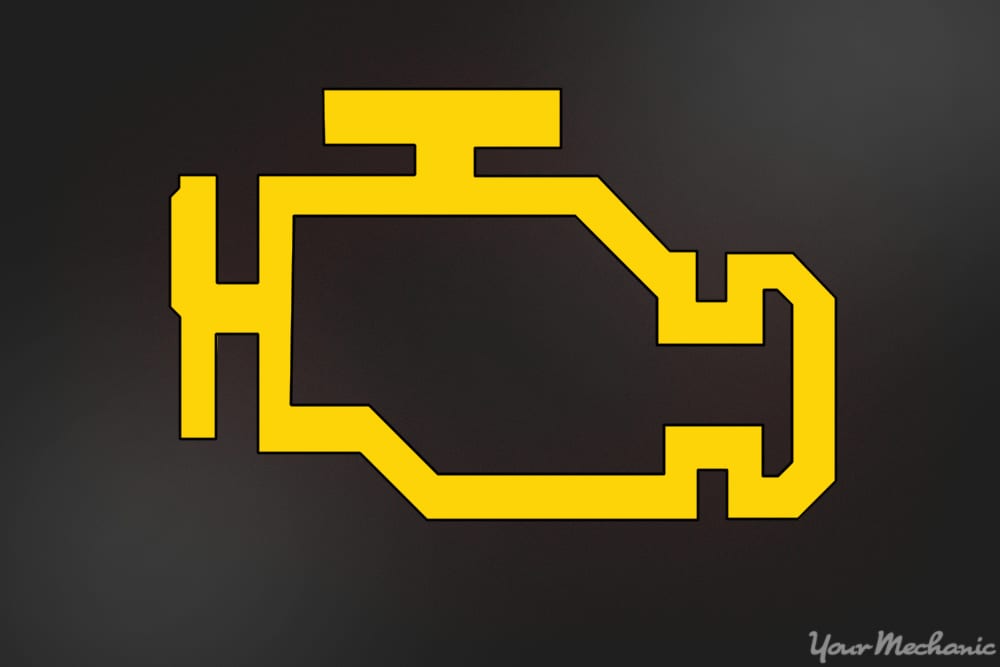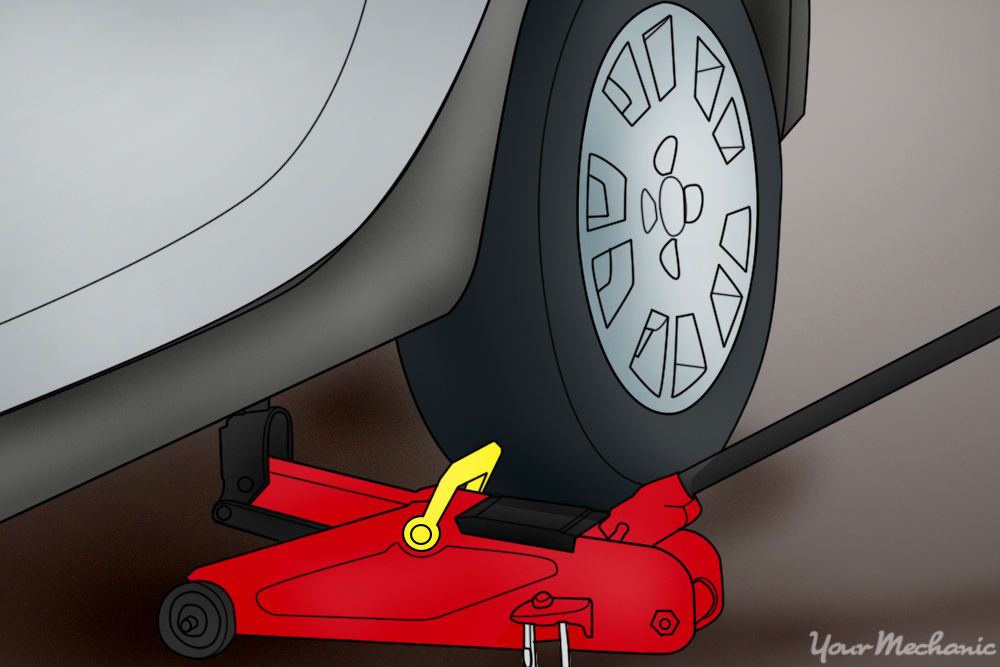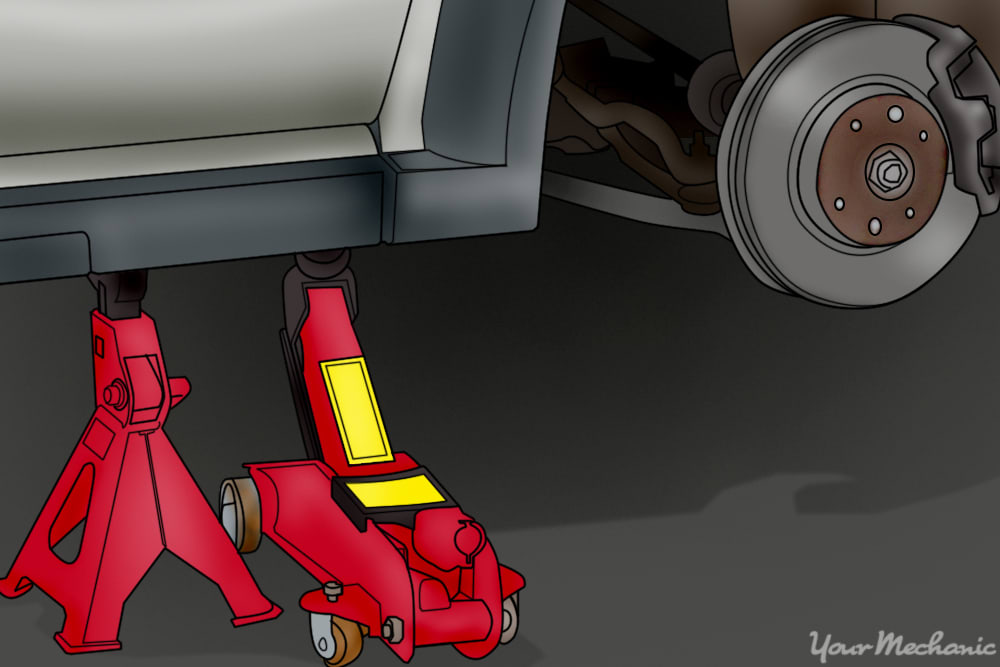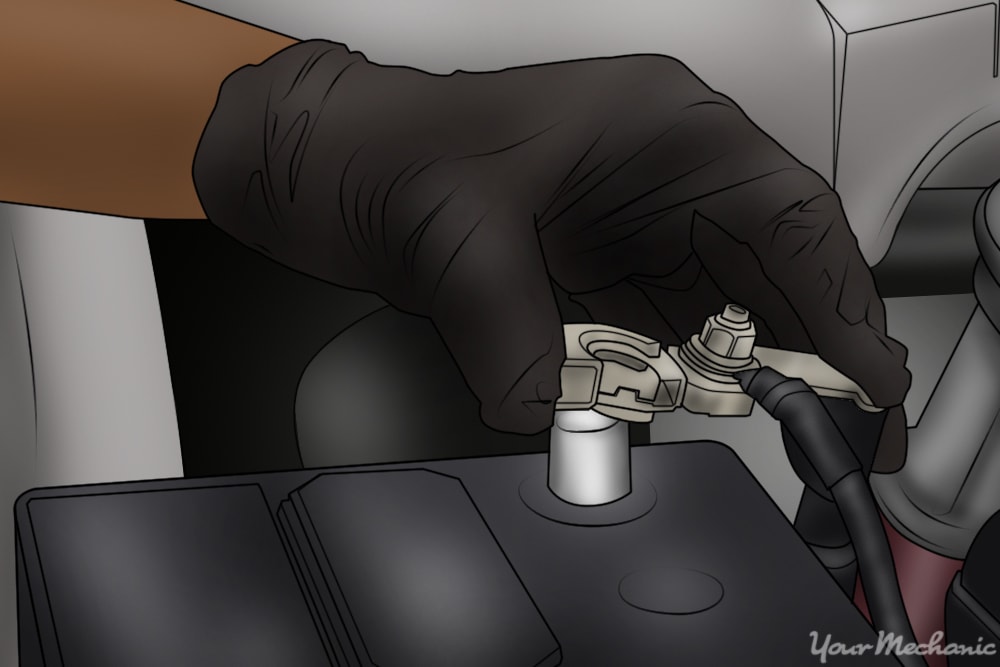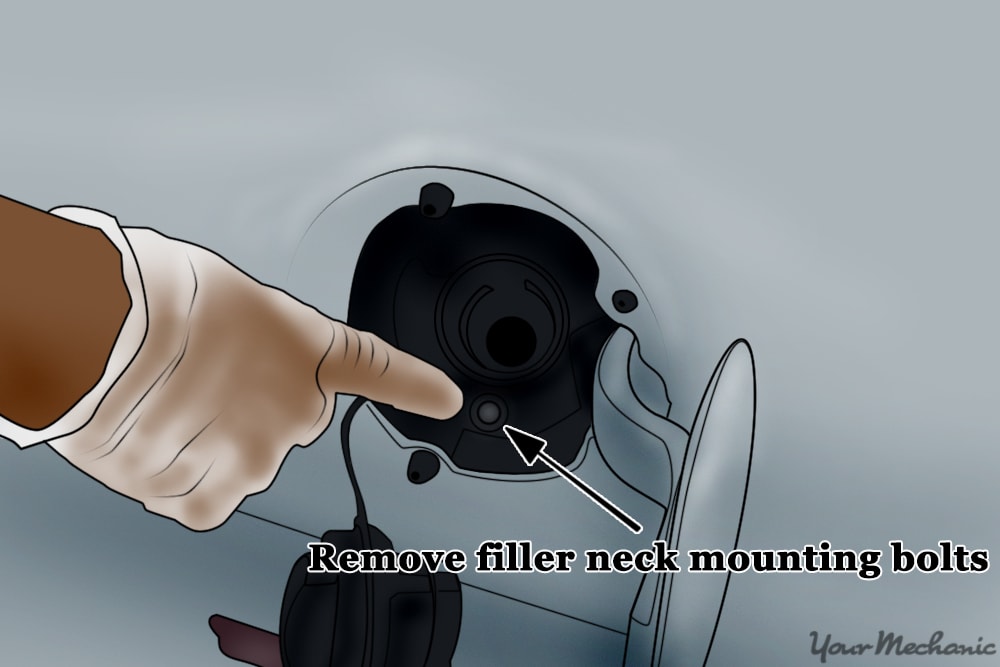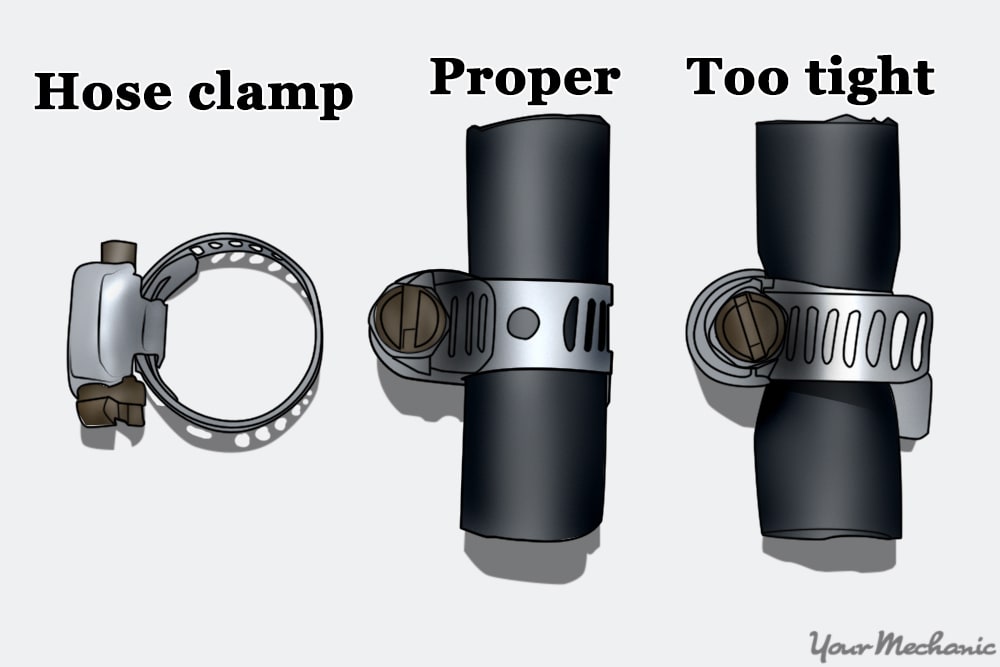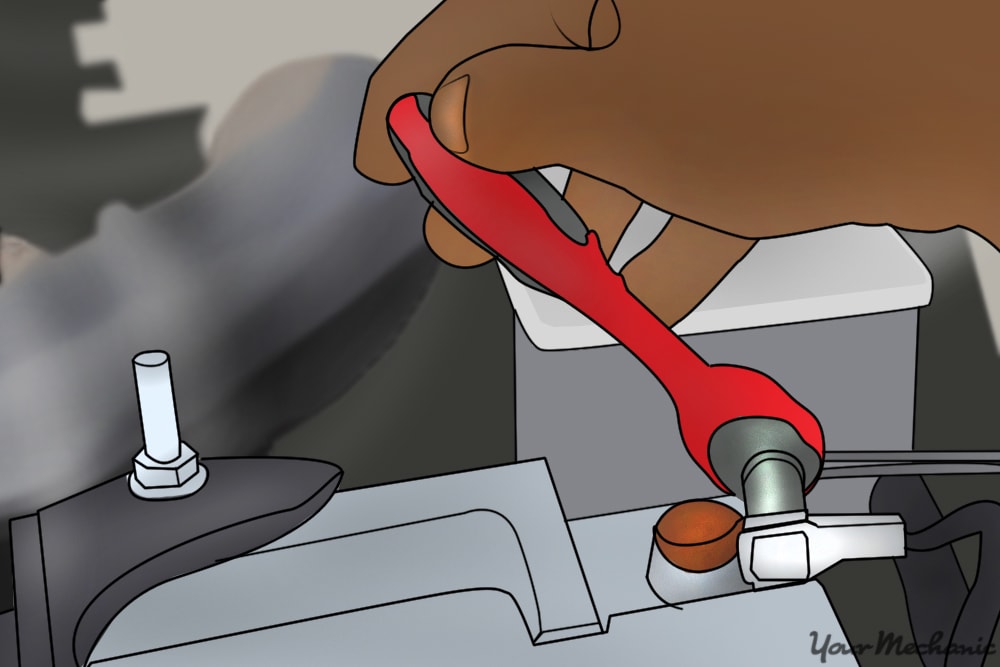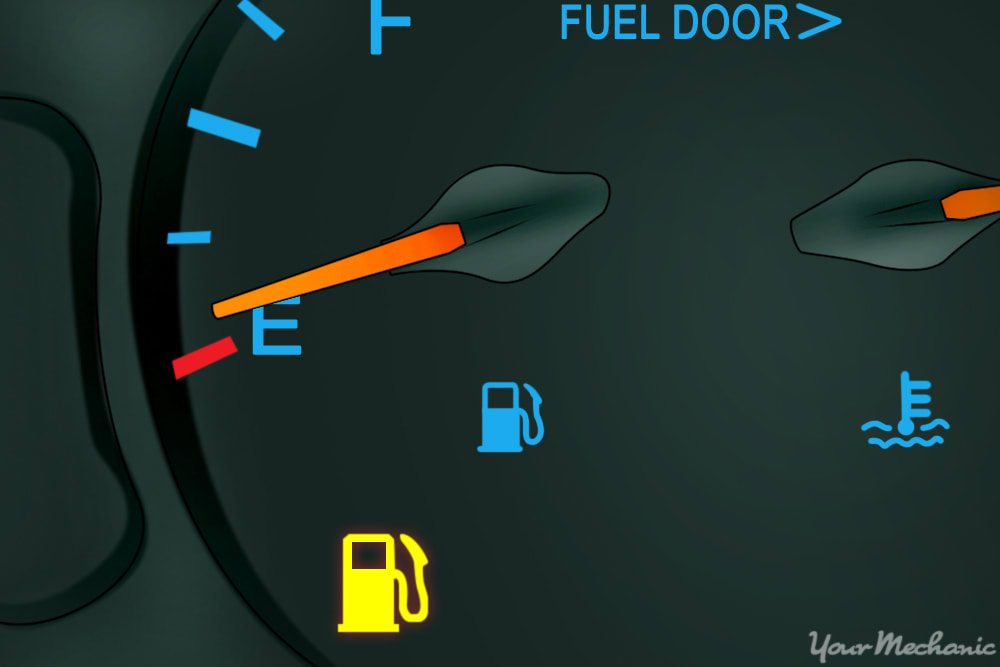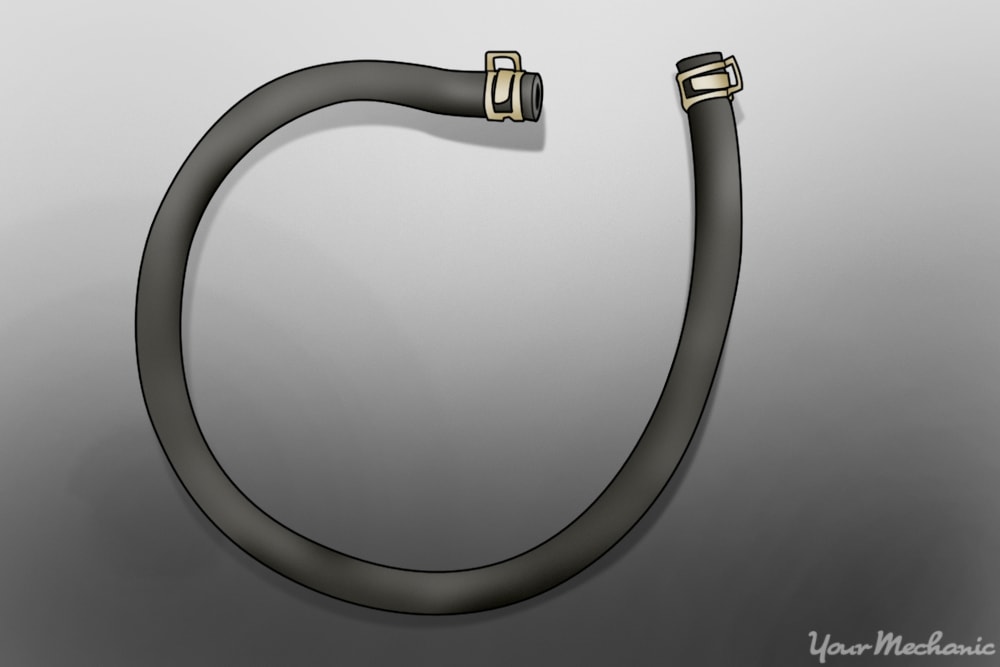

Fuel hoses comes in many different locations on vehicles. On older vehicles, there are steel lines from the fuel tank to the carburetor or injectors of a fuel system. Some of the older vehicles have short fuel hoses that connect the steel line to the fuel pump, fuel tank, and carburetor. These hoses over time tend to weaken and split causing gasoline or diesel to leak out.
From 1996 through today, vehicles have become more sophisticated using more advanced fuel injection systems. All of the vehicles that operate on gasoline have a supply line, return line, and a vapor line. These lines are plastic and crack over time as they wear out. These lines are not protected so they are subject to failure at any time as debris distorts them.
There are several forms of fuel hoses: rubber with adhesive liners, plastic or carbon fiber, or steel or aluminum.
Rubber fuel hoses are more common on older vehicles and diesel industries. When it comes to adjusting a fuel hose that needs to be moved all the time, the rubber hose is the best choice to use.
Plastic hoses or known as carbon fiber hose are the most common hose used today on many vehicles. This type of hose is very durable and can hold up to 250 pounds per square inch of pressure. The plastic hose helps keep the fuel cool for best performance and lowers the amount of vapors. Plastic hoses are subject to breakage very easily if the hose were tomove. Most of the plastic hoses have a quick disconnect fitting to attach other plastic hoses or even rubber hoses.
Steel and aluminum hoses are also commonly found on older vehicles and newer vehicles. These hoses are known as fuel lines. The lines are extremely durable and can hold pressures up to 1,200 pounds per square inch (psi). However, the lines are subject to bending and kinking, which causes a restriction. The restriction can cause the pressure to spike farther than 1,200 psi causing the line to rupture. Plus, the line heats up in hotter climates making the fuel boil.
Fuel is sprayed into the combustion chamber at an atomization rate. If the fuel has too much vapor or is boiling, the fuel enters the combustion chamber as a vapor which causes a loss of power.
- Note: It is recommended to replace the fuel hoses with original manufacturer equipment (OEM). Aftermarket fuel hoses may not align up, may have the wrong quick disconnect, or may be too long or short.
There are several engine light codes related to the fuel hose on vehicles with computers:
P0087, P0088 P0093, P0094, P0442, P0455
- Warning: Do not smoke around a vehicle if you smell fuel. You are smelling the vapors which are very flammable.
Part 1 of 6: Verifying the condition of the fuel hose
Step 1: Check for leaking fuel. Using a flashlight and a combustible gas detector, check for any leaking fuel in the engine compartment.
Also check for any fuel leaking on the supply, return, or vapor hoses.
Part 2 of 6: Removing the fuel hose
Having all of the necessary tools and materials prior to starting the work will allow you to get the job done more efficiently.
Materials Needed
- Allen wrench set
- Boxed end wrenches
- Breaker bar
- Drip pan
- Flashlight
- Flathead screwdriver
- Floor jack
- Fuel hose quick disconnect kit
- Fuel resistant gloves
- Fuel transfer tank with pump
- Jack stands
- Needle nose plyers
- Protective clothing
- Ratchet with metric and standard sockets
- Safety glasses
- Torque wrench
- Torque bit set
- Transmission jack
- Wheel chocks
Step 1: Park your vehicle on a flat, hard surface. Make sure that the transmission is in park (for automatics) or in 1st gear (for manuals).
Step 2: Place wheel chocks around tires. In this case, the wheel chocks will be around the front tires since the rear of the vehicle will be lifted up.
Engage the parking brake to the lock the rear tires from moving.
Step 3: Raise the vehicle. Using a floor jack, lift under the vehicle at its specified jacking points until the wheels are completely off the ground.
Step 4: Place the jack stands. The jack stands should go under the jacking point locations, and then lower the vehicle onto the jack stands.
For most modern cars, the jacking points for jack stands will be on the pinch weld just under the doors along the bottom of the car.
Step 5: Install a nine volt battery saver into your cigarette lighter. This will keep your computer live and keep your setting current in the vehicle.
If you do not have a nine volt battery saver, that is okay.
Step 6: Open the vehicle’s hood to disconnect your battery. Take the ground cable off of the battery’s negative post disabling the power to the ignition system and fuel system.
On an older vehicle before 1996 with a fuel hose in the engine compartment:
Step 7: Locate the fuel hose that is damaged or leaking. Remove the hose clamps that hold on the fuel hose.
Step 8: Place a small drip pan under the fuel hose. Pull the hose off of the attaching fuel line, fuel pump, or carburetor.
Step 9: Clean the surface the fuel hose attaches to using a lint free cloth.
On an older vehicle with a fuel hose under the vehicle:
Step 10: Remove the fuel hose from the supply side of the fuel pump.
Step 11: Go under the vehicle and remove fuel steel line from the vehicle. This line may be held up by rubber grommets.
Step 12: Get a transmission jack or similar jack. Place the jack under the fuel tank.
Remove the fuel tank straps.
Step 13: Remove the mounting bolts to the fuel filler neck. Open the fuel neck door and you should see these.
Step 14: Lower the fuel tank far enough to remove the rubber fuel hose. Remove the hose clamp that holds on the fuel hose.
Place a drip pan under the fuel tank and remove the fuel hose from the fuel pump. Remove the fuel hose from the fuel line.
On vehicles 1996 to today with a fuel hose in the engine compartment:
Step 15: Locate the fuel hose that is damaged or leaking. Use a fuel hose quick disconnect tool to remove the fuel hose from the fuel rail.
Step 16: Remove hose from fuel line. Use a fuel hose quick disconnect tool and remove the fuel hose from the fuel line behind the engine along the firewall.
- Note: If you have rubber or flex hoses on the supply line, return line, and vapor line, it is recommended to replace all three hoses if only one hose is damaged.
On vehicles 1996 to today with a fuel hose under the vehicle:
Step 17: Remove the fuel hose from the fuel line. Use a fuel hose quick disconnect tool and remove the fuel hose from the fuel line behind the engine along the firewall.
Step 18: Go under the vehicle and remove fuel plastic line from the vehicle. This line may be held up by rubber grommets.
- Note: Be careful when removing plastic fuel lines as they may break easy.
Step 19: Use a quick disconnect tool and remove the fuel line from the fuel filter. If the vehicle does not have an inline fuel filter, you can then skip this step.
Step 20: Get a transmission jack or similar jack. Place the jack under the fuel tank.
Remove the fuel tank straps.
Step 21: Open the fuel neck door. Remove the mounting bolts to the fuel filler neck.
Step 22: Lower the fuel tank far enough to remove the plastic fuel hose. Use a quick disconnect tool to remove the fuel line from the fuel pump.
Place a drip pan under the fuel tank and remove the fuel hose from the fuel pump.
- Note: You may have to disconnect the other fuel lines to get to the fuel line you are replacing.
If you are removing all three lines, then you will need to remove the vapor line from the charcoal canister and the return line from the fuel tank with a quick disconnect tool.
Part 3 of 6: Installing the new fuel hose
Materials Needed
- Allen wrench set
- Boxed end wrenches
- Flashlight
- Flathead screwdriver
- Fuel transfer tank with pump
- Needle nose plyers
- Ratchet with metric and standard sockets
- Torque wrench
- Torque bit set
On older vehicle before 1996 with a fuel hose in the engine compartment:
Step 1: Place new hose clamps around the new fuel hose. Be sure the clamp is installed at the proper tightness.
Step 2: Install the new fuel hose onto the fuel pump, fuel line, or carburetor. Tighten the new hose clamps and secure the hose.
- Note: Do not use old hose clamps. The clamping force will not hold when tighten causing a leak.
On an older vehicle before 1996 with a fuel hose underneath:
Step 3: Place new hose clamps around the new fuel hose.
Step 4: Install the new fuel hose onto the fuel line and fuel pump. Raise up the fuel tank and, if you have a fuel filter, snap the fuel line to the filter and ensure that the connections are tight.
Step 5: Install the mounting bolts to the fuel filler neck. Open the fuel neck door and be sure to tighten the bolts finger tight and then 1/8 turn.
Step 6: Hook up the fuel tank straps. Put loctite onto the threads of the mounting bolts. Tighten the bolts up hand tight and then 1/8 turn to secure the straps.
Step 7: Install a fuel line to the fuel pump. You’ll need to remove the transmission jack from under the vehicle before doing this.
On vehicles from 1996 to today with a fuel hose in engine compartment:
Step 8: Snap the quick disconnect together onto the fuel line. This is located by the firewall.
Step 9: Snap the quick disconnect together from the fuel line to the fuel rail. Check both connections to ensure that they are sealed tight.
If you had to remove any brackets, be sure to install them.
On vehicles from 1996 to today with a fuel hose underneath:
Step 10: Snap the quick disconnect together onto the fuel pump. This is located on the fuel tank.
If you are installing all three lines, then you will need to install the vapor line to the charcoal canister and the return line to the fuel tank by snapping the quick disconnect together.
Step 11: Raise up the fuel tank. Align the fuel filler neck so it can be mounted.
Step 12: Install the mounting bolts to the fuel filler neck. Open the fuel neck door before you do this and tighten the bolts finger tight and 1/8 turn.
Step 13: Hook up the fuel tank straps. Put thread locker onto the threads of the mounting bolts.
Tighten the bolts up hand tight and then 1/8 turn to secure the straps.
Step 14: Snap the quick disconnect on the fuel hose to the fuel line. You’ll find this located behind the firewall in the engine compartment.
Be sure to remove the transmission jack.
Part 4 of 6: Checking for leaks
Materials Needed
Step 1: Reconnect the ground cable back onto the battery’s negative post. Remove the nine volt battery saver from the cigarette lighter.
Step 2: Tighten the battery clamp up tight. Ensure that the connection is good.
- Note: If you did not have a nine volt battery saver, you will have to reset all of the settings in your vehicle, like your radio, electric seats, and electric mirrors.
Step 3: Turn the ignition key on. Listen for the fuel pump to activate and turn off the ignition after the fuel pump stops making noise.
- Note: You will need to cycle the ignition key on and off 3 to 4 time to ensure all the fuel lines are full of fuel.
Step 4: Use a combustible gas detector and check all of the connections for any leaks. Sniff the air for any fuel odors.
Part 5 of 6: Lowering the vehicle
Step 1: Raise the vehicle. Using a floor jack, lift under the vehicle at its specified jacking points until the wheels are completely off the ground.
Step 2: Remove the jack stands. Keep them far away from the vehicle.
Step 3: Lower the vehicle to where all four wheels are on the ground. Pull out the jack and put it aside.
Step 4: Remove the wheel chocks.
Part 6 of 6: Test drive the vehicle
Step 1: Drive the vehicle around the block. During the test, go over different bumps allowing the fuel to slosh around inside the fuel lines.
Step 2: Monitor the dash for the fuel level and for any engine light to appear.
If your engine light comes on after replacing the fuel hose, then there may be further diagnosis of the fuel system or a possible electrical issue within the fuel system. If the problem persists, then you should seek out help from one of YourMechanic’s certified mechanics that can inspect the fuel hose and perform a replacement if needed.


